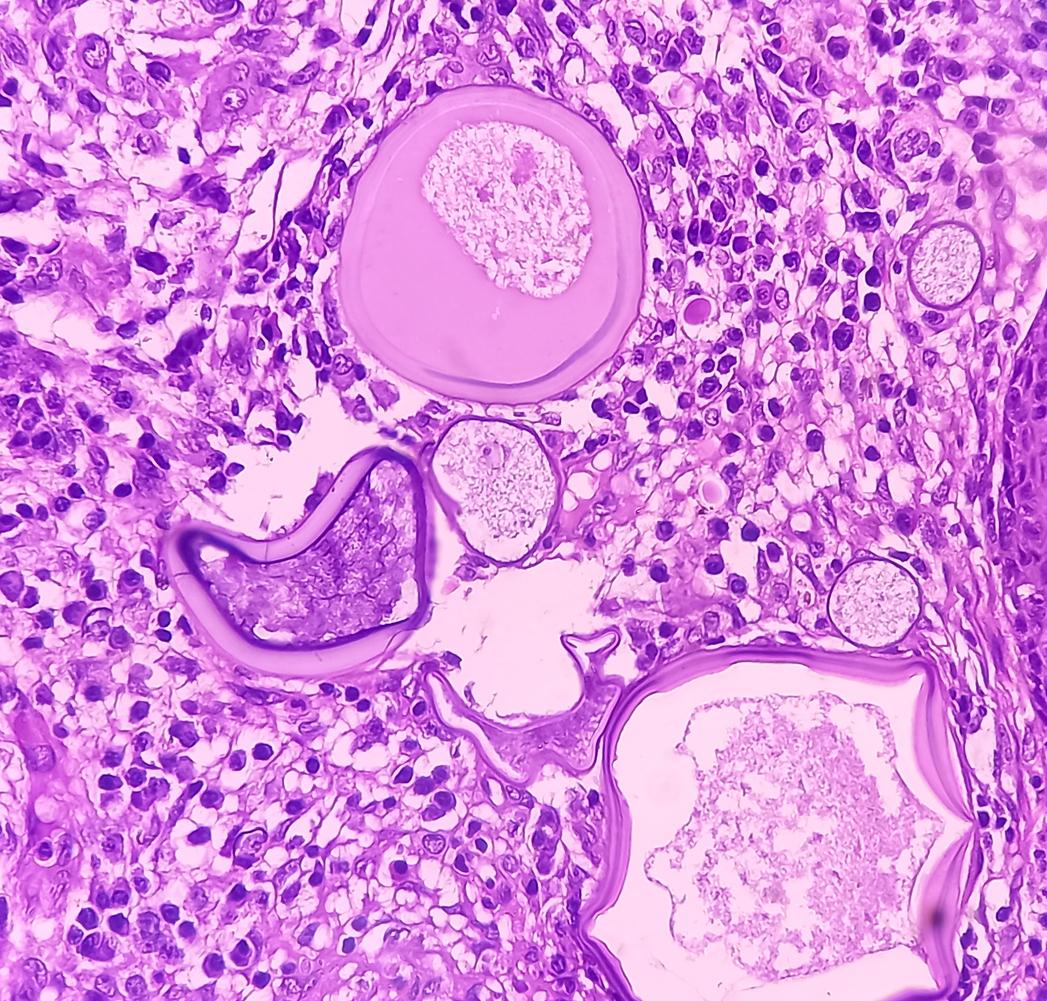A team of American researchers has developed a patch to treat chronic wounds infected with antibiotic-resistant bacteria. A solution that allows people to take their treatment while staying at home.

- This is the first patch to use ozone therapy in a targeted way, directly targeting the wound.
- The patch kills bacteria on the surface of the wound and accelerates the healing process and, therefore, healing.
667,194 patients suffered from a chronic wound in France in 2012, according to the National Health Insurance Fund. Sometimes these chronic wounds become infected with bacteria that have become resistant to antibiotic treatment. Patients are treated in hospitals, due to a lack of therapies that can be administered at home. That time may soon be over, thanks to a team of American researchers. They have just developed a patch allowing these patients to benefit from a high-tech treatment, ozone therapy, without going to the hospital. Their results were published last May in the journal Frontiers in Bioengineering and Biotechnology.
State-of-the-art technology at low cost
This is a first in the medical world. This is the first patch to use ozone therapy in a targeted way, directly targeting the wound. Patients will only have to stick it on it for the gases generated by the ozone to heal it directly. According to scientists, the patch kills bacteria on the surface of the wound and accelerates the healing process and, therefore, healing. The other advantage of this method is that it would be very inexpensive. The principle may seem simple: the patch is connected to a small ozone generator device, powered by a battery. A tube connects the patch to the ozone generator device, which delivers the correct dose of ozone. Even if the researchers do not give figures, they assure that the patch and the electronic components are very inexpensive.
A new therapy to kill antibiotic resistant bacteria
A wound becomes chronic when it takes longer to heal, usually after four to six weeks. According to figures from the National Health Insurance Fund, there are three main causes: bedsores (23%), venous, mixed or arterial ulcers (66%) and diabetic foot wounds (11%). When wounds become infected with bacteria, it can lead to serious complications for the patient. All the more so if these bacteria are resistant to antibiotic treatments, which limits the possibilities of treatment. Several types of therapy no longer work and the patient must be taken to hospital. With their research, American scientists have therefore sought to meet the need for new forms of technology that can kill the antibiotic-resistant bacteria that sometimes form on these chronic wounds.
The next step for these researchers is to test the patch on animals and then on patients in a clinical trial.
.

















